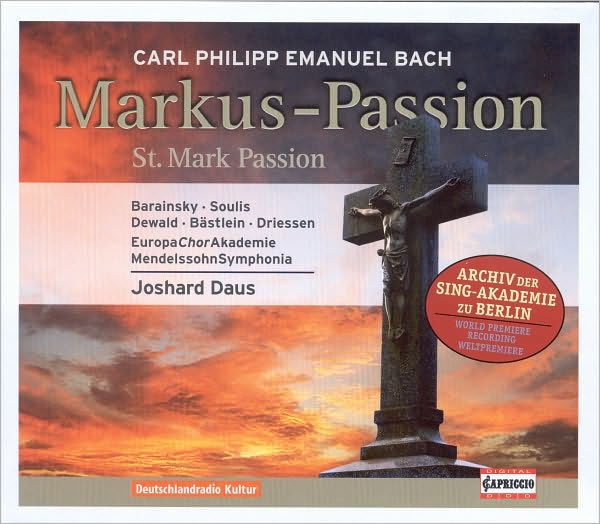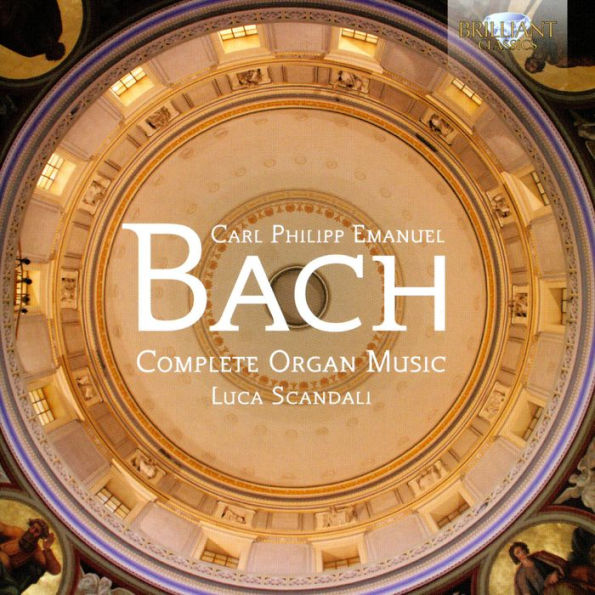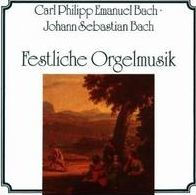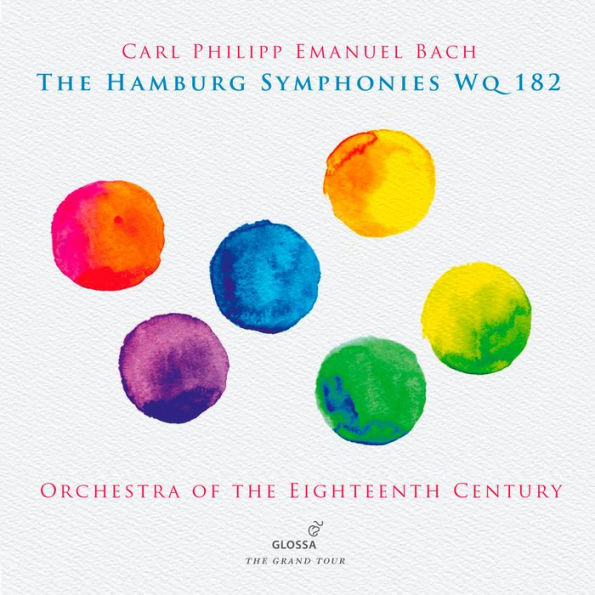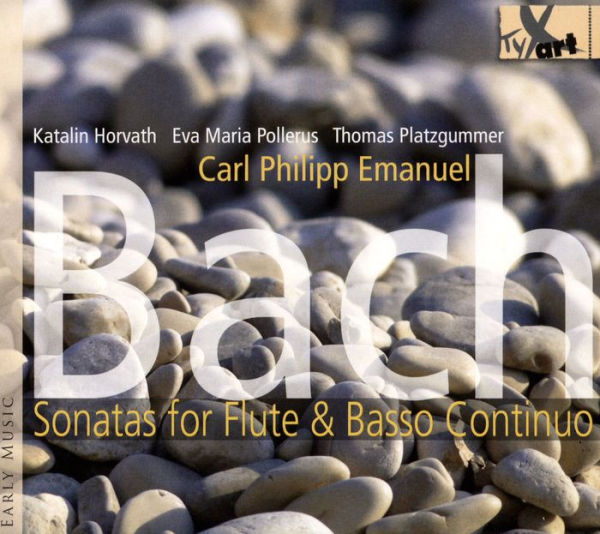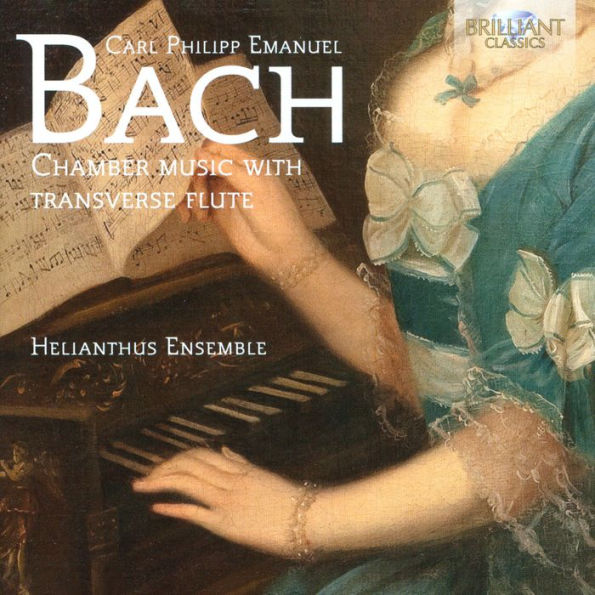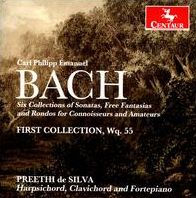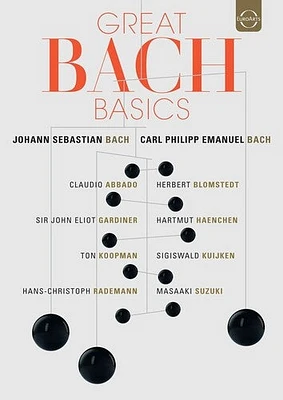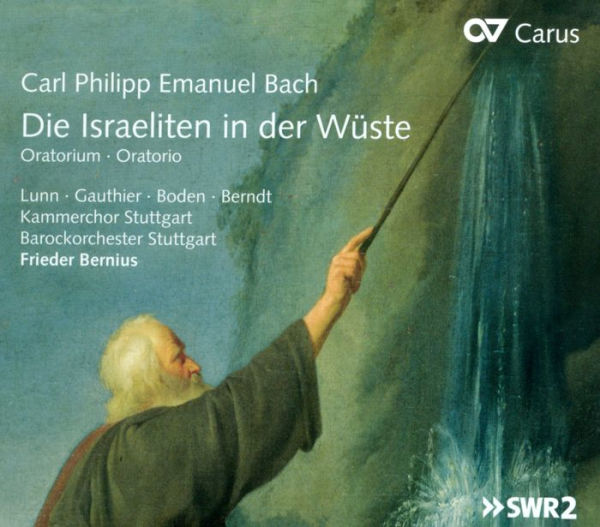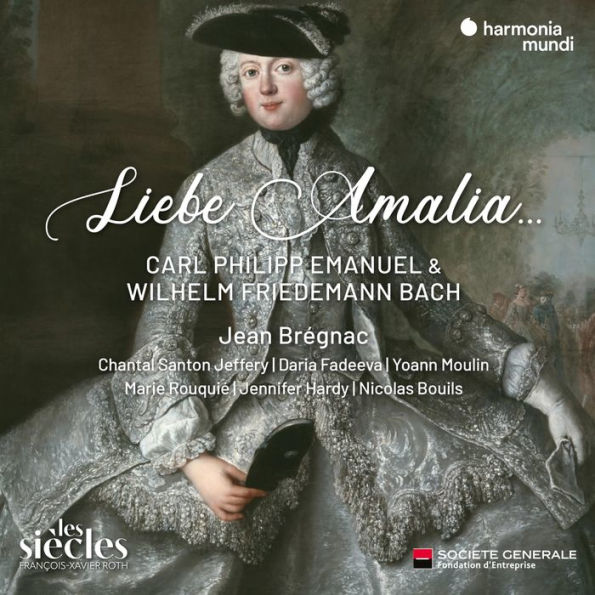Home
Antonín Kraft, Carl Philipp Emanuel Bach: Cello Concertos
Loading Inventory...
Barnes and Noble
Antonín Kraft, Carl Philipp Emanuel Bach: Cello Concertos
Current price: $25.99
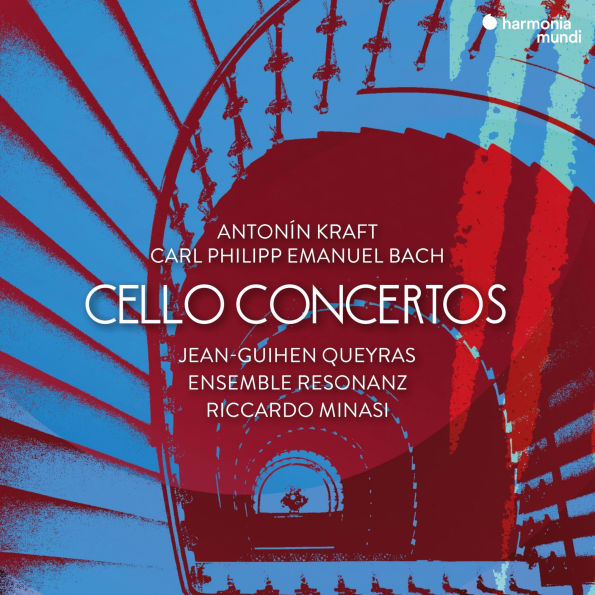

Barnes and Noble
Antonín Kraft, Carl Philipp Emanuel Bach: Cello Concertos
Current price: $25.99
Loading Inventory...
Size: OS
*Product Information may vary - to confirm product availability, pricing, and additional information please contact Barnes and Noble
This 2024 release on the
Harmonia Mundi
label has to be given extra points for the worthiness of the repertory. It is a commonplace that cellists have slim pickings when it comes to orchestral concertos, but cellist
Jean-Guihen Queyras
and the sharp
Ensemble Resonanz
under
Riccardo Minasi
-- in the second album of a series -- show that there is more cello-and-orchestra repertory to be found with a little digging. Even 18th century enthusiasts may not know that
C.P.E. Bach
composed three cello concertos in the early 1750s, and the
Cello Concerto in B flat major, Wq 171
, heard here is a fine example of his middle-period Berlin style, with an irregularly shaped slow movement featuring some great nervous responses by the orchestra to the cello line, and a rondo finale full of twists and turns. The real news here, however, is the virtually unknown
Cello Concerto in C major, Op. 4
, of
Antonín Kraft
, written in 1804.
Kraft
was a student of
Haydn
and a well-known orchestral and solo cellist who played in the premiere of
Beethoven
's
Symphony No. 3 in E flat major, Op. 55 ("Eroica")
. He apparently wrote only cello music, but this concerto is a lively work that will make one want to hear more of his output. It lies basically between late
and
Hummel
, but there are enough Beethovenian details to show that
was paying attention when he played
and was trying, at least, to understand his music. Sample the "Rondo alla Cossaca" finale (one wonders exactly how the word "Cossack" was understood musically at the time), which is lively and offers
Queyras
some chances to display his stuff. He has a nice warm tone in both slow movements, but the real news here is good unknown repertory, well-performed.
's sound from the Friedrich-Ebert-Halle in Hamburg, a cavernous 2,250-seat space, is wrong for this music; the engineers try to compensate with close-up recording but end up only with an in-your-face quality. Nonetheless, this album is just about essential for lovers of the Classical period, to say nothing of cello enthusiasts. ~ James Manheim
Harmonia Mundi
label has to be given extra points for the worthiness of the repertory. It is a commonplace that cellists have slim pickings when it comes to orchestral concertos, but cellist
Jean-Guihen Queyras
and the sharp
Ensemble Resonanz
under
Riccardo Minasi
-- in the second album of a series -- show that there is more cello-and-orchestra repertory to be found with a little digging. Even 18th century enthusiasts may not know that
C.P.E. Bach
composed three cello concertos in the early 1750s, and the
Cello Concerto in B flat major, Wq 171
, heard here is a fine example of his middle-period Berlin style, with an irregularly shaped slow movement featuring some great nervous responses by the orchestra to the cello line, and a rondo finale full of twists and turns. The real news here, however, is the virtually unknown
Cello Concerto in C major, Op. 4
, of
Antonín Kraft
, written in 1804.
Kraft
was a student of
Haydn
and a well-known orchestral and solo cellist who played in the premiere of
Beethoven
's
Symphony No. 3 in E flat major, Op. 55 ("Eroica")
. He apparently wrote only cello music, but this concerto is a lively work that will make one want to hear more of his output. It lies basically between late
and
Hummel
, but there are enough Beethovenian details to show that
was paying attention when he played
and was trying, at least, to understand his music. Sample the "Rondo alla Cossaca" finale (one wonders exactly how the word "Cossack" was understood musically at the time), which is lively and offers
Queyras
some chances to display his stuff. He has a nice warm tone in both slow movements, but the real news here is good unknown repertory, well-performed.
's sound from the Friedrich-Ebert-Halle in Hamburg, a cavernous 2,250-seat space, is wrong for this music; the engineers try to compensate with close-up recording but end up only with an in-your-face quality. Nonetheless, this album is just about essential for lovers of the Classical period, to say nothing of cello enthusiasts. ~ James Manheim

